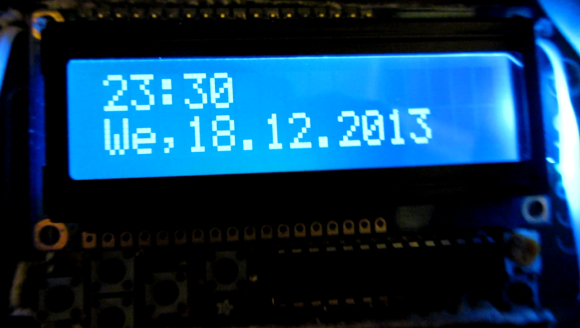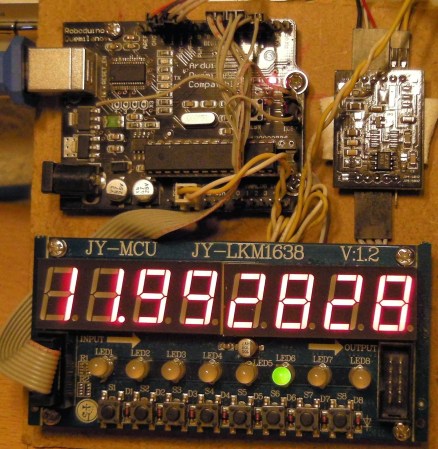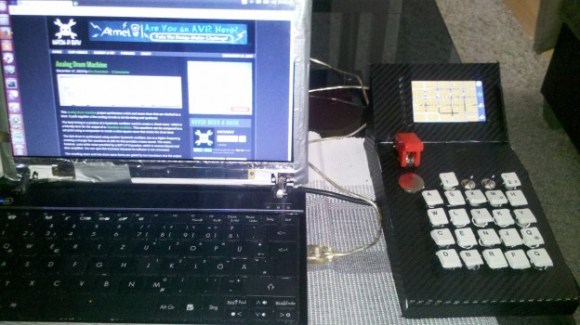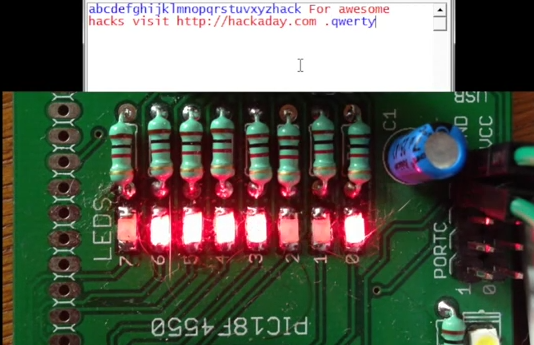
It is with great pleasure that I announce the winners of the Fubarino Contest (alphabetical order): Brian, Daniel, Dave, Dominic, Eric, Gerben, James, Joel, Joseph, Laurens, Luis, Mats, Mike, Nathanael, Pete, Peter, Sebastian, Taciuc, Vojtěch, and Wes. They rose to the challenge and added our URL as an Easter Egg in their microcontroller project. Their hacks were chosen for their creativity, as well as completeness of presentation. Congratulations! Links to all twenty project features are after the break in reverse order in which they were originally published. To see all the entries hit up the contest tag.
We also want to take a moment to thank Microchip Technology Inc. They not only put up twenty Fubarino SD boards as prizes, they are also covering the cost of shipping to each winner. Many thanks!
We thought it was interesting that the twenty winners live in 11 different countries: Brazil, Canada, Czech Republic, Germany, Malaysia, Romania, South Africa, Spain, The Netherlands, UK, and the USA. Hackaday really is a global community!
If you are one of the winners please leave your acceptance speech in the comments section. This is also a great place to leave feedback — if you didn’t submit an entry we want to know why!

















